
- Capital City: Seoul
- General Information Official Language: Korean
- Currency: Korean Won / (KRW)
- Population (2024): 51.7 million (2024)
Political Overview
Government Type
Unitary state, Presidential system, Constitutional republic
Key Leaders
- President – Yoon Suk Yeol
- Prime Minister – Han Duck-soo
Political Stability Index
0.6 (2022)
International Alliances
- IBRD, OECD, ADB, EBRD, WB, WTO, IMO, IMF, APEC, IAEA, NATO, UN, G20, ILO, WHO
Economic Overview
GDP (Nominal)
$1.87 trillion (2024)
GDP (PPP)
$3.26 trillion (2024)
Key Industries
- Technology & Electronics
- Automotive
- Shipbuilding
- Services
- Manufacturing
Top 5 Importers/Exporters
The top exports of South Korea are Integrated Circuits ($121B), Refined Petroleum ($61.4B), Cars ($52.1B), Broadcasting Equipment ($24.2B), and Motor vehicles; parts and accessories (8701 to 8705) ($20B), exporting mostly to China ($150B, 22.8%), United States ($112B, 16.1%), Vietnam ($60.7B, 8.9%), Japan ($30.5B, 4.5%), and Hong Kong ($28.9B, 4%). In 2022, South Korea was the world’s biggest exporter of Blank Audio Media ($11.6B), Cyclic Hydrocarbons ($9.79B), Special Purpose Ships ($7.36B), Oxometallic or Peroxometallic Acid Salts ($4.68B), and Styrene Polymers ($3.93B).
The top imports of South Korea are Crude Petroleum ($89.1B), Integrated Circuits ($56.4B), Petroleum Gas ($46.9B), Coal Briquettes ($26.8B), and Refined Petroleum ($26.1B), importing mostly from China ($150B), United States ($73.6B), Japan ($50.8B), Australia ($41B), and Saudi Arabia ($36B).
As per 2024, top import countries include China (30.1%), European Union (15.5%), United States (15.1%), Japan (9.7%), Saudi Arabia (6.6%) , Australia (6.5%) Vietnam (6.1%), Taiwan (6.0%) In 2022, South Korea was the world’s biggest importer of Inorganic Salts ($4.02B), Starch Residue ($719M), Hydrides and other anions ($110M), Other Vegetable Fibers Fabric ($18.2M), and Wood Wool ($10.2M)
Social Indicators
Human Development Index
0.929 (19th)
Literacy Rate
98.8% (99.2% of males and 98.4% of females)
Life Expectancy
83.64 years (2024)
Geopolitical Relevance
Strategic Location
Korean Peninsula, North Korea border country, Yellow Sea, East China Sea and Sea of Japan. has proximity to key Asian markets (crucial for trade with China, Japan, and the rest of the Pacific). Near key military chokepoints (Korean Strait and the Tsushima Strait – vital naval passages for military and economic activities )
Key Conflicts
Korean Peninsula conflict with North Korea (only armistice agreement, having Demilitarized Zone (DMZ) as the de facto border between North Korea and South Korea), Dispute with Japan over the Dokdo/Takeshima Islands
Border Issues
With North Korea over DMZ, South Korea-Japan Dispute over Dokdo/Takeshima Islands
Military Strength
2022 – Active military personnel – 500,000 and reserve personnel of 3.1 million, In 2024, allocated approximately 59 trillion South Korean won for defence budget. U.S. – South Korea Mutual Defense Treaty, QUAD, UN Command
Related Posts
-
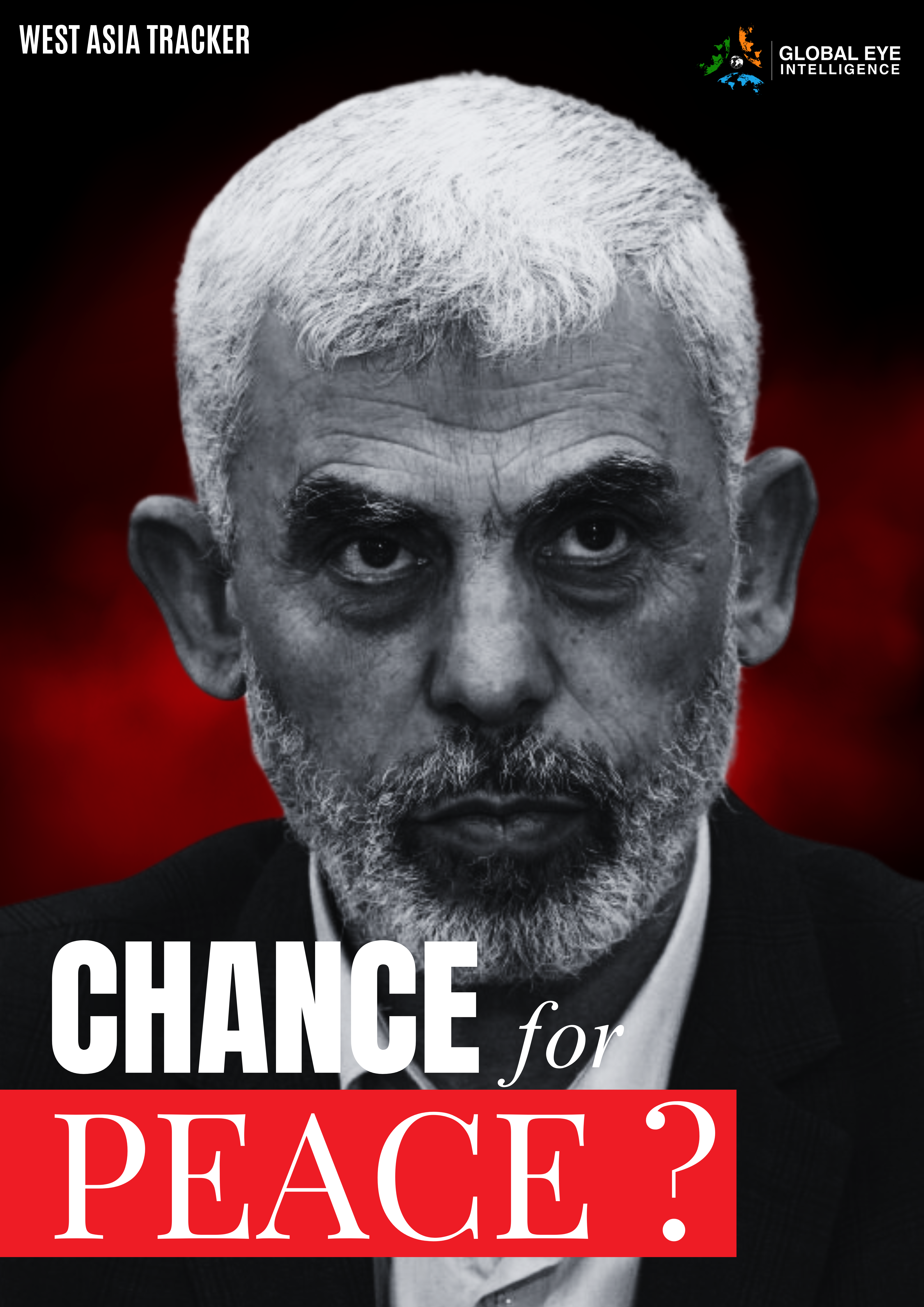
Chance for Peace?
Overview: In a series of recent military clashes in Rafah, Gaza, Israeli forces have reportedly eliminated Yahya Sinwar, the leader of Hamas in Gaza, along with two senior Hamas commanders, Mohammed Hamdan and Hani Hamidan. This development marks a significant blow to Hamas’s leadership structure, although questions about the long-term impact on the organization’s operational…
-
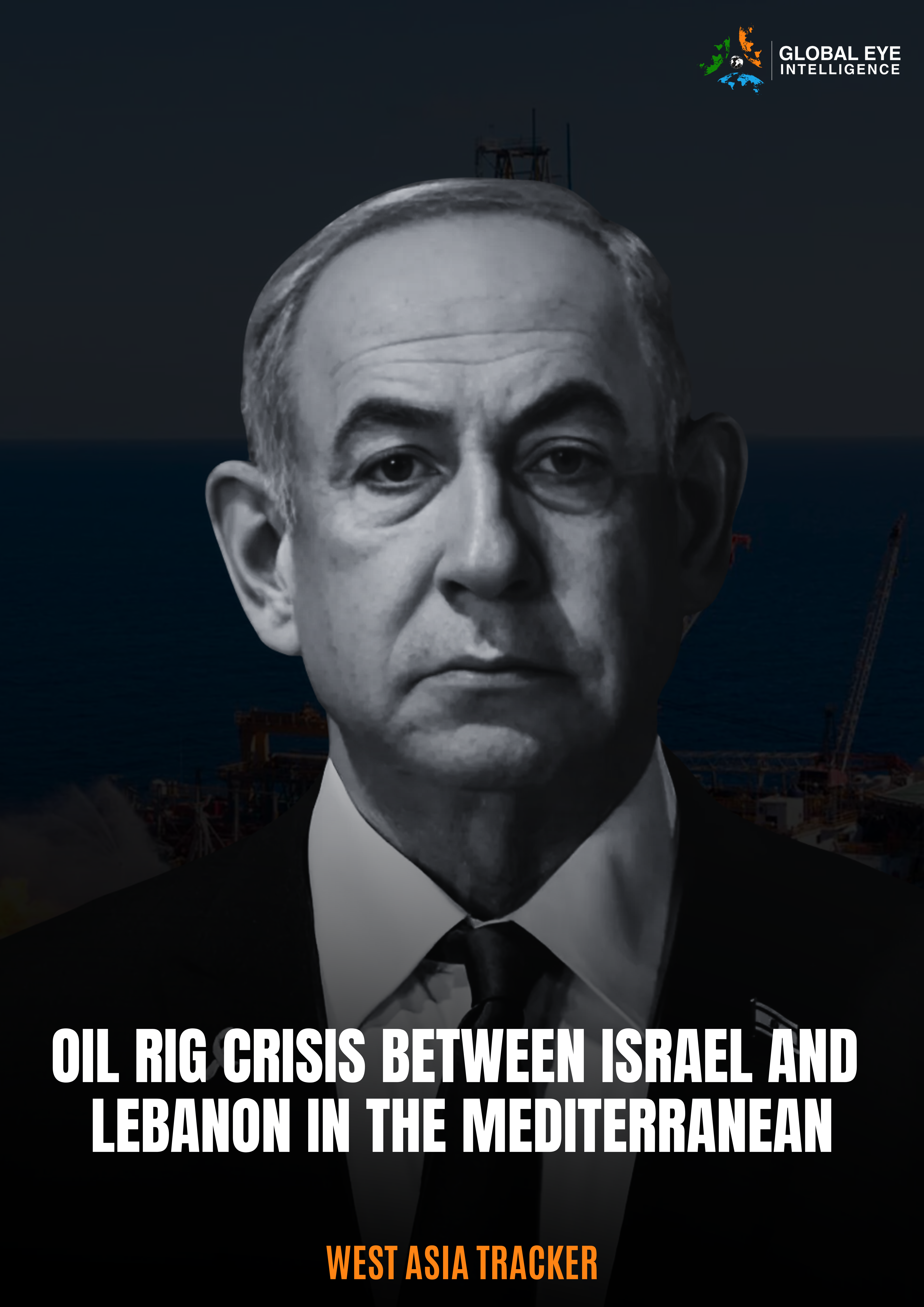
Oil Rig Crisis between Israel and Lebanon in the Mediterranean
Executive Summary The Israel-Lebanon oil rig crisis revolves around disputed maritime borders in the eastern Mediterranean, with significant economic and security implications. Both countries claim overlapping waters rich in natural gas, particularly the Karish gas field, which Israel intends to exploit, and Lebanon asserts lies partly within its Exclusive Economic Zone (EEZ). Hezbollah, the Lebanese…
-
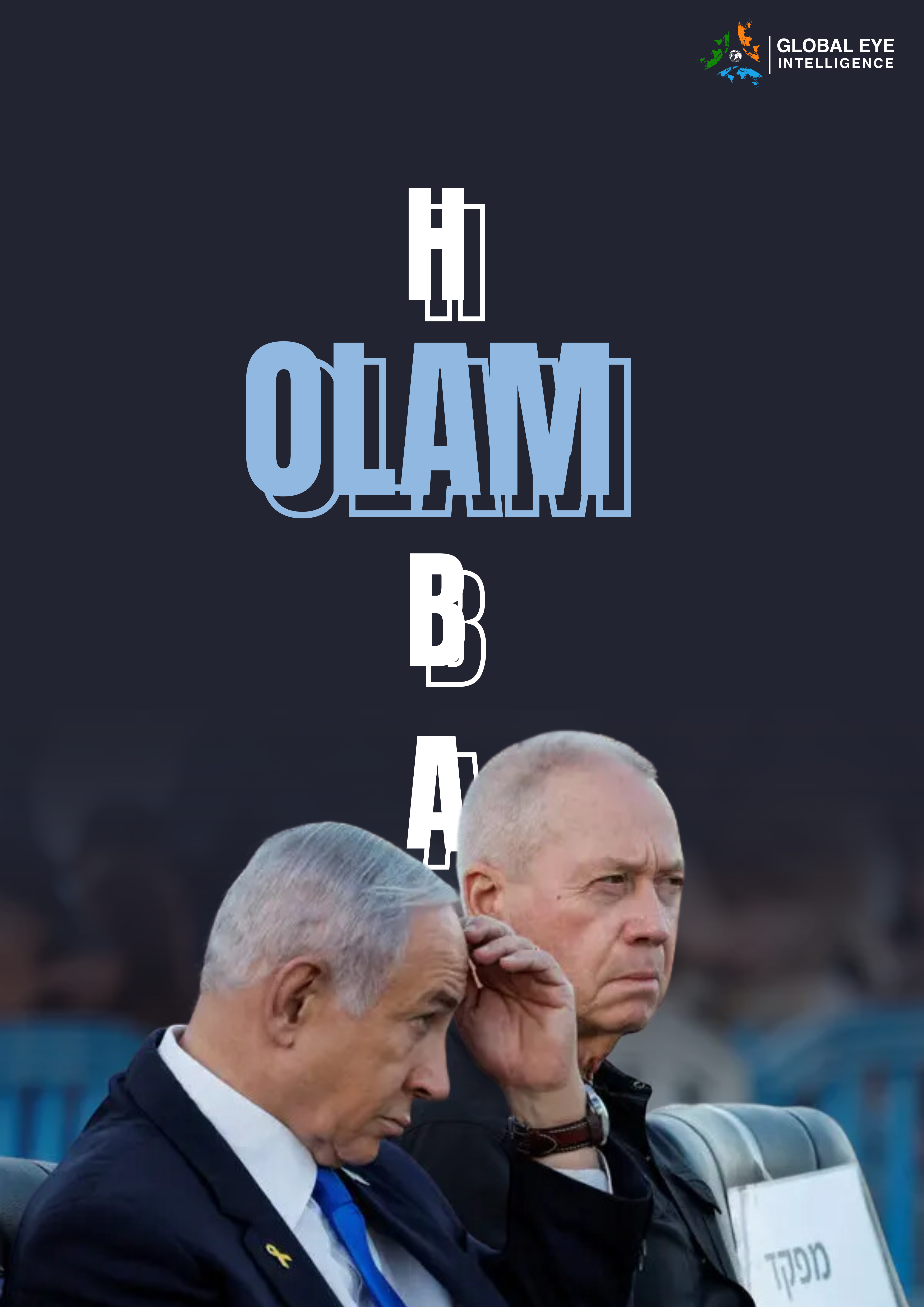
Olam HaBa: The World to Come Through the Corridors of Death and Destruction
Executive Summary: This report takes us through the troubled landscapes of the Gaza Strip. It discusses the two corridors – Philadelphi Corridor and the Netzarim Corridor and what transpired to bring about its existence. It analyzes why Israel wanted to quite literally ‘cement’ its presence there notwithstanding its understanding with Egypt. It discusses what is…
-
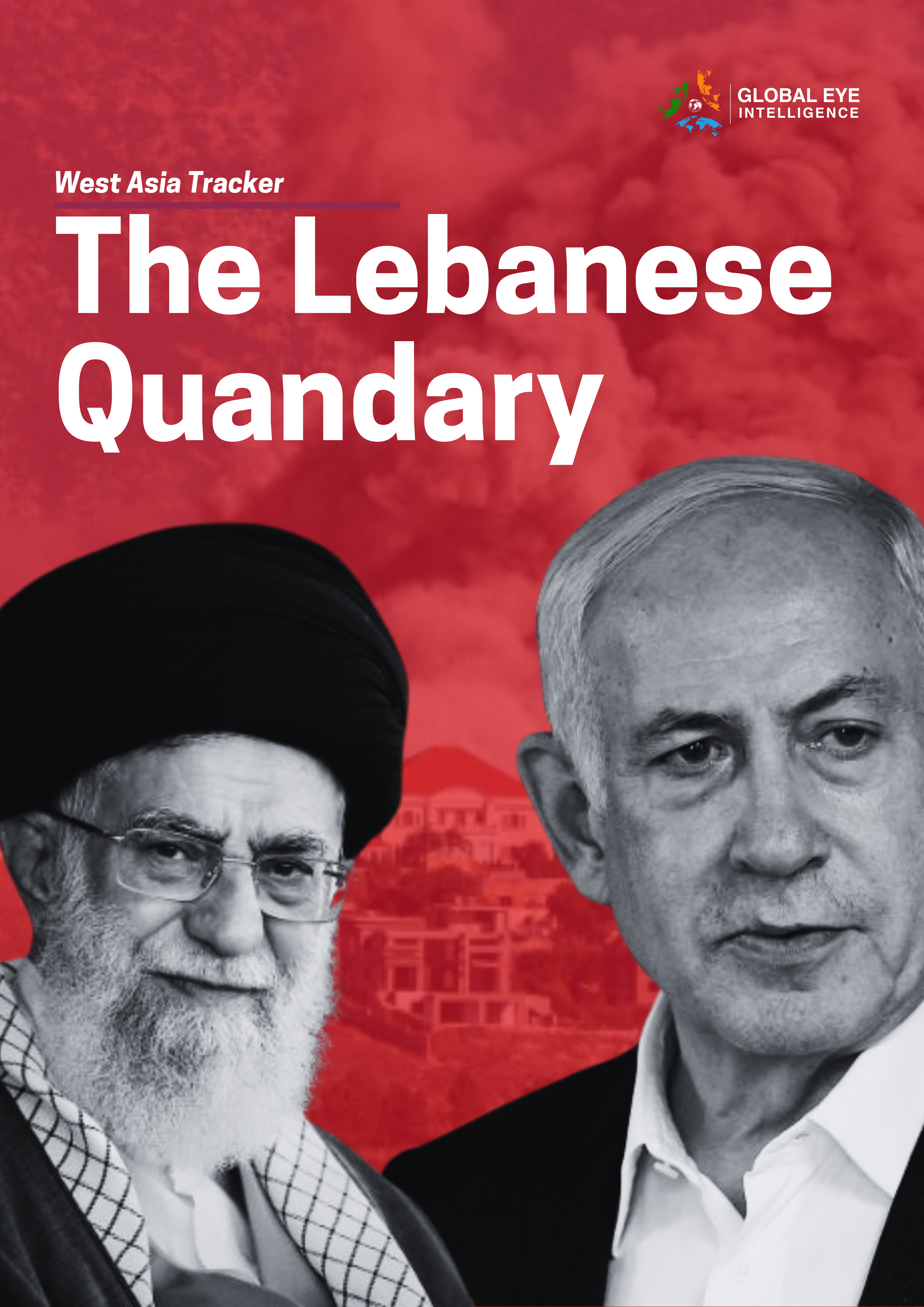
The Lebanese Quandary
Executive Summary This report analyzes the Israel-Hezbollah conflict, unraveling their strategic and military dynamics in West Asia. Over the past 18 years, Hezbollah has fortified its military capabilities, including constructing underground networks and missile systems. On the other hand, Israel has established itself as a regional power, advancing defense technologies that outpace Hezbollah’s preparations. Supported…
-
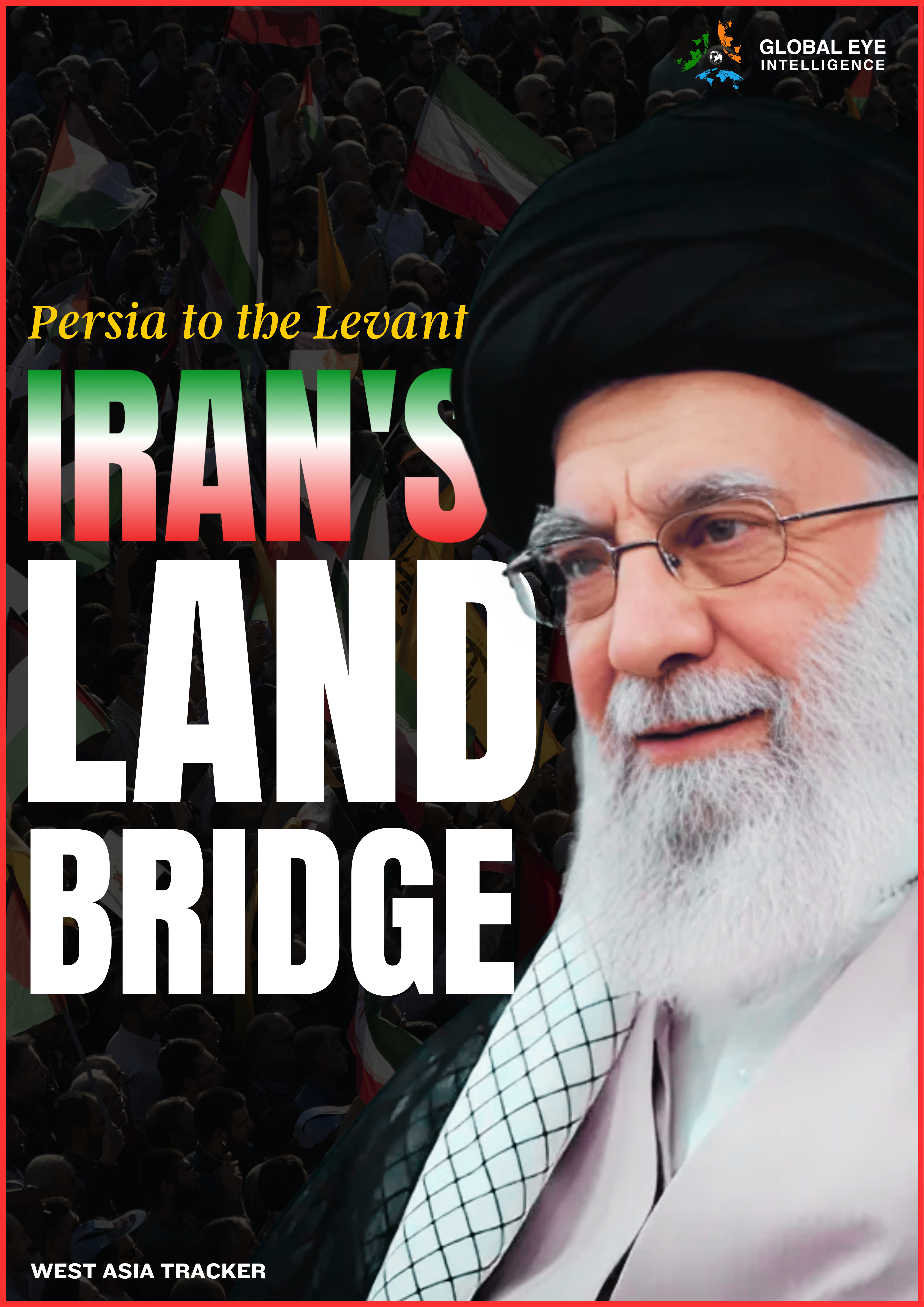
Persia to the Levant: Iran’s Land Bridge
Executive Summary: This report goes in depth about the land corridor of Iran which stretches from Iran to Lebanon. The corridor is used to transport people and weapons from Iran to Hezbollah in Lebanon via land passage through Iraq and Syria. The land corridor has been built to aid the axis of resistance in their…
-
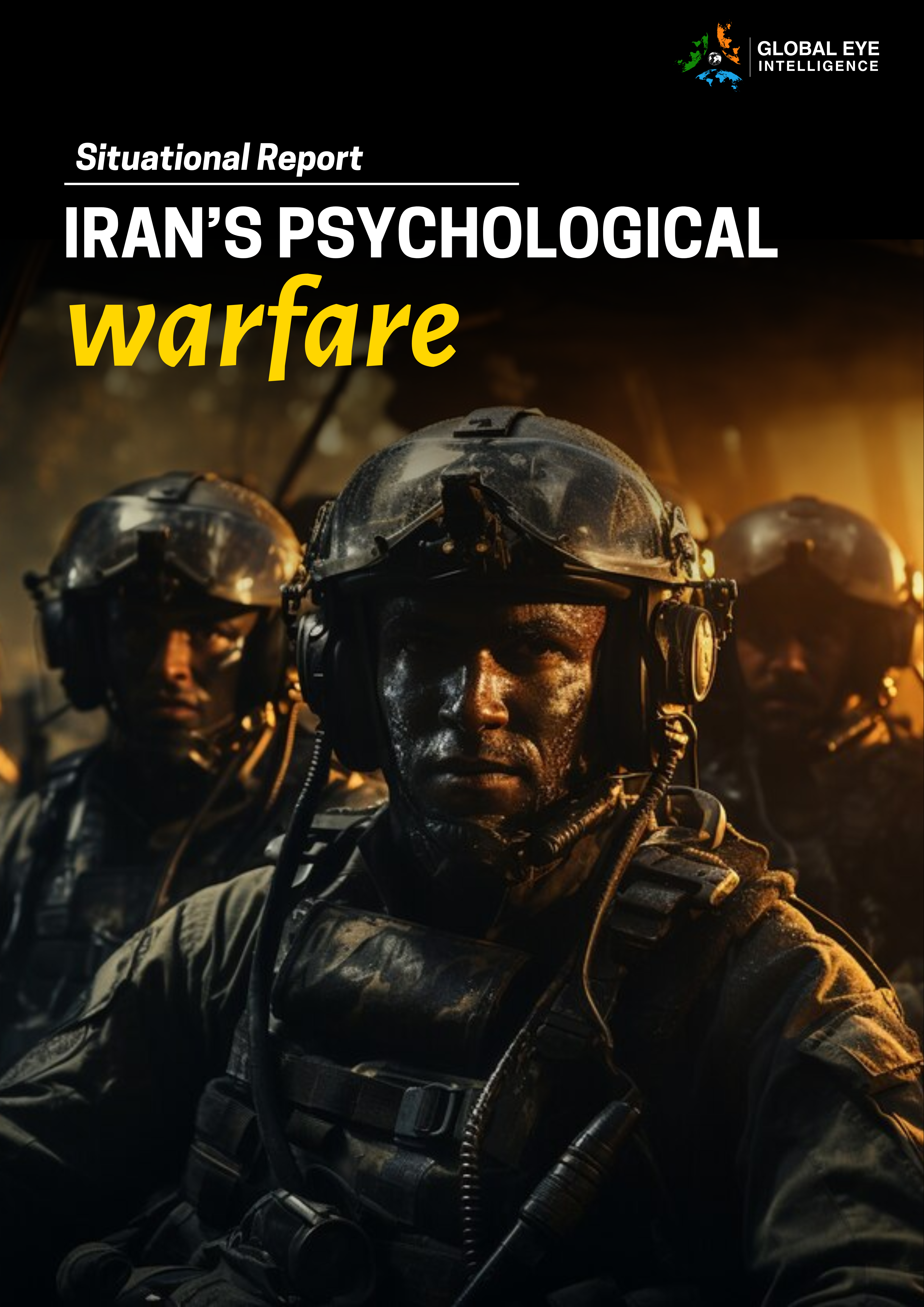
Iran’s Psychological warfare
Situation Overview: Current Status: Iran is engaging in psychological warfare by delaying its promised retaliation for the assassination of Ismail Haniyeh, the political leader of Hamas, in Tehran. This delay has created an atmosphere of uncertainty and speculation, enhancing the psychological impact on both regional and global actors. Key Developments: Iran continues to vow revenge…
-

The Shifting Dynamics of the Ukraine-Russia War After NATO Arms Supplies
Executive Summary The winter of 2024 has proved to be a really defining period in the conflict between Ukraine and Russia. Indeed, the intensive supply by NATO of cutting-edge weaponry, including long-range precision missile systems and state-of-the-art air defence capabilities, gave a formidable edge to Ukraine’s ability to counter Russian aggression. That not only escalated…
-
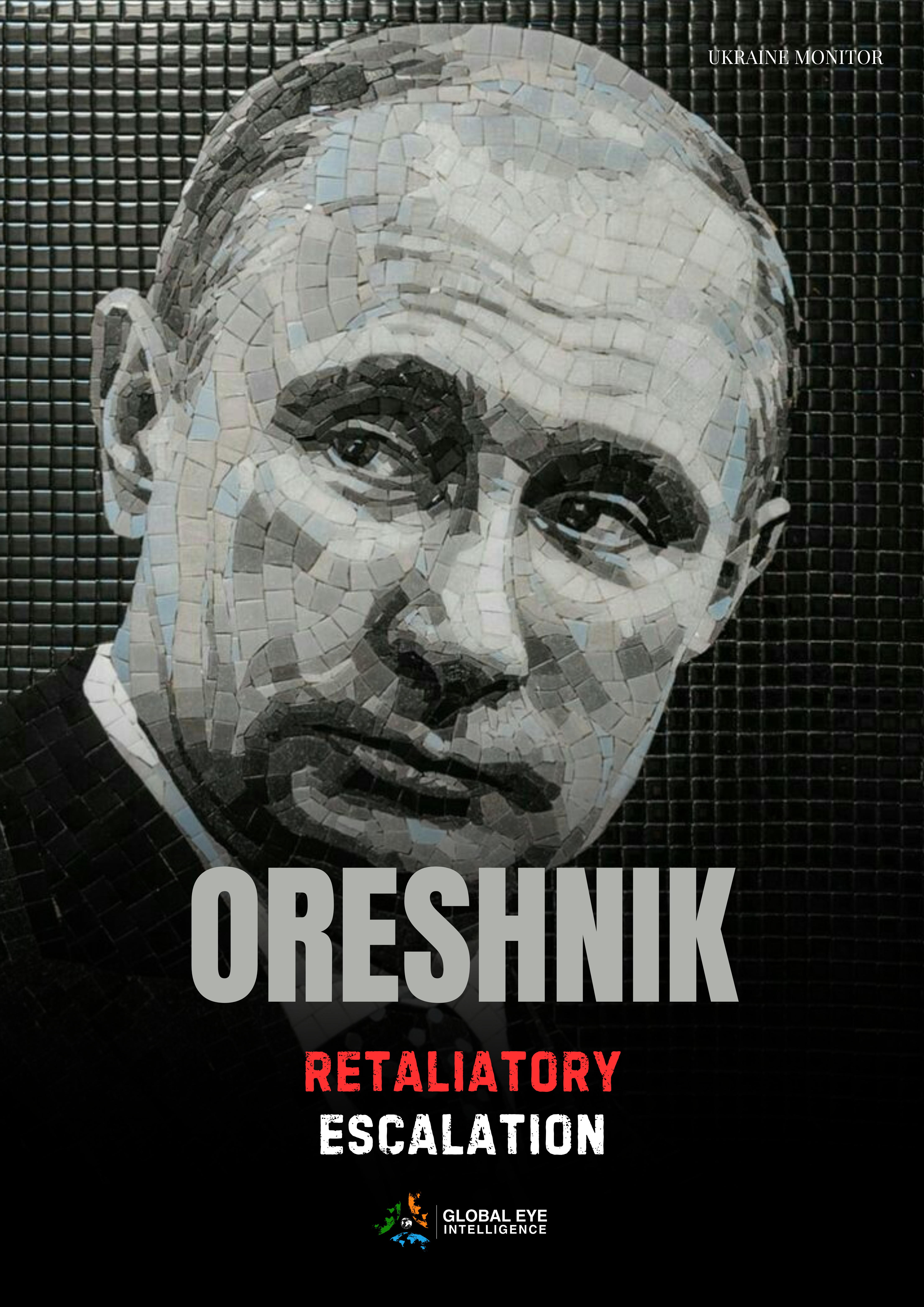
Oreshnik
Summary Russia has introduced the Oreshnik, a medium-range hypersonic ballistic missile, in response to Western-supplied long-range missile strikes by Ukraine. This missile deployment marks a strategic escalation, with Russian President Vladimir Putin highlighting its invulnerability to modern air defense systems and framing it as a direct response to NATO’s increased military involvement. Key Developments 1.…
-
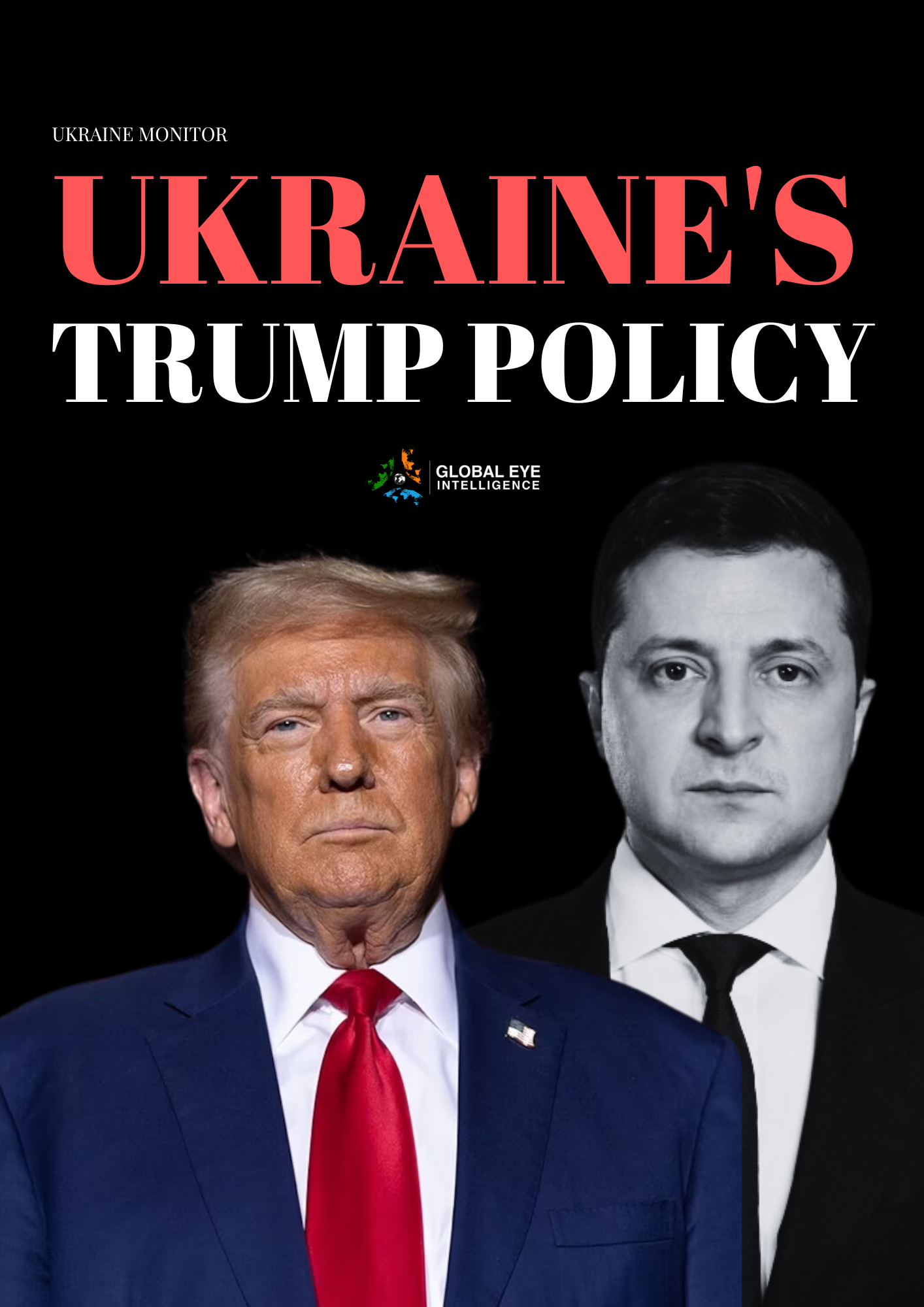
Ukraine’s Trump Policy
Executive Summary The war in Ukraine represents one of the most significant geopolitical crises of the 21st century and the largest European conflict since World War II. Rooted in historical tensions, NATO expansion, and the global power struggle between the West and Russia, the conflict has reshaped the international order. Russia’s “Special Military Operation” in…
-

Moldova’s Increasing Involvement in the Conflict with Russia
Overview As Moldova approaches its critical elections, there is increasing evidence of its deepening involvement in the Russia-Ukraine conflict. Supported by NATO nations, Moldova is aligning more closely with Ukraine, modernizing military infrastructure, and potentially expanding its role in the conflict. These developments are reflected in the strategic military upgrades, including the possible use of…

